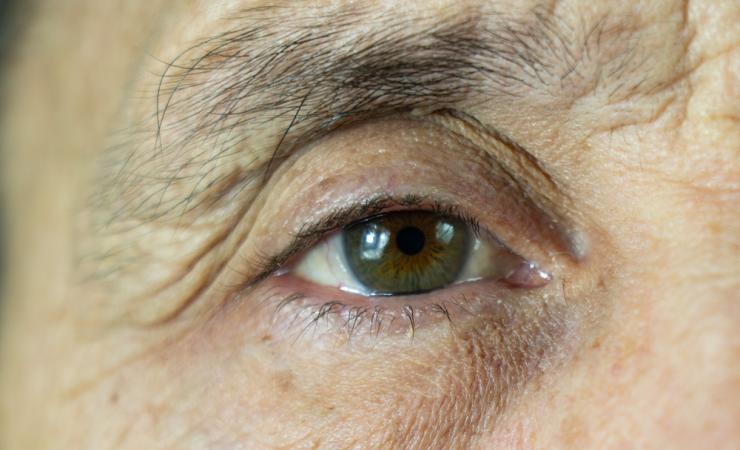People with age-related macular degeneration (AMD) gradually lose their central vision in both eyes. It is a leading cause of blindness and as the population ages, incidence is expected to rise. Today, treatment options are extremely limited. Dry AMD, including the intermediate AMD (iAMD) stage, therefore represents a huge unmet need.
One barrier to the development of new treatments is the lack of clinical endpoints capable of determining the effectiveness of treatments under development. Put simply, current tests do not detect all of the sight problems experienced by people with earlier stages of the disease (e.g. iAMD). Furthermore, there is currently no way to identify which patients with iAMD are at greatest risk of progressing towards advanced AMD.
The Innovative Medicines Initiative (IMI) project MACUSTAR was set up to develop and validate examinations that are capable of accurately detecting changes over time. They have developed a suite of markers and measures that could be used to assess how well a potential treatment works. For example, visual function tests assessed by MACUSTAR include chart-based tests that assess things like visual acuity under good and poor lighting conditions and the ability to detect contrasts. In addition the team is assessing tests to probe how fast patients can adapt to dim light conditions.
Furthermore, the project has employed the Vision Impairment in Low Luminance (VILL) questionnaire to evaluate how AMD affects people’s quality of life in everyday situations such as reading, or walking in the dark.
Back in 2018, the European Medicines Agency (EMA) issued a first Letter of Support to the project in which they endorsed the project’s approach to developing and evaluating these measures. Since then, the project has completed its cross-sectional study, which was designed to assess the ability of the measures to discriminate between patients with different stages of AMD. In the cross-sectional study, a total of 300 people were examined, including 50 people with early stage AMD, 150 people with intermediate AMD, and 50 people with late stage AMD, plus 50 healthy controls with comparable ages to the people with AMD.
The results of the cross-sectional study were promising, and EMA has now provided positive feedback on the results in a new Letter of Support. In their statement, the EMA broadly supports the project’s interpretation of the results and encourages the ongoing validation of the measures.
The project is still busy with the longitudinal study part of the project involving 700 people to assess the progression of AMD to late stage AMD. Once the longitudinal data is captured, the project will again submit the results to the EMA for further scrutiny.
Regulatory feedback is important for projects like MACUSTAR, as this increases the likelihood of the project’s biomarkers and endpoints being accepted for use in future interventional clinical trials for new AMD treatments. Ultimately, the project will therefore facilitate the development and testing of new treatments for AMD.
MACUSTAR is supported by the Innovative Medicines Initiative, a partnership between the European Union and the European pharmaceutical industry.
Find out more
- EMA’s first Letter of Support
- EMA’s second Letter of Support
- Visit the MACUSTAR website
